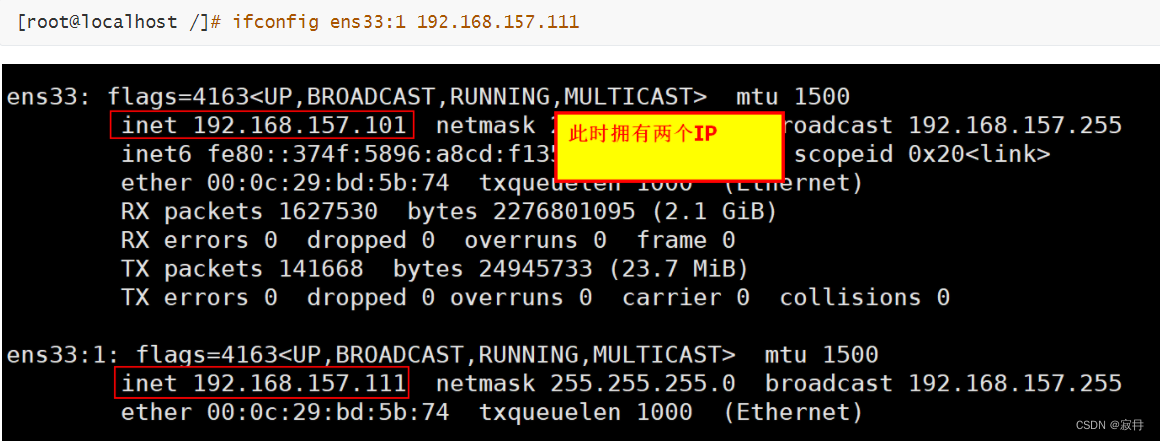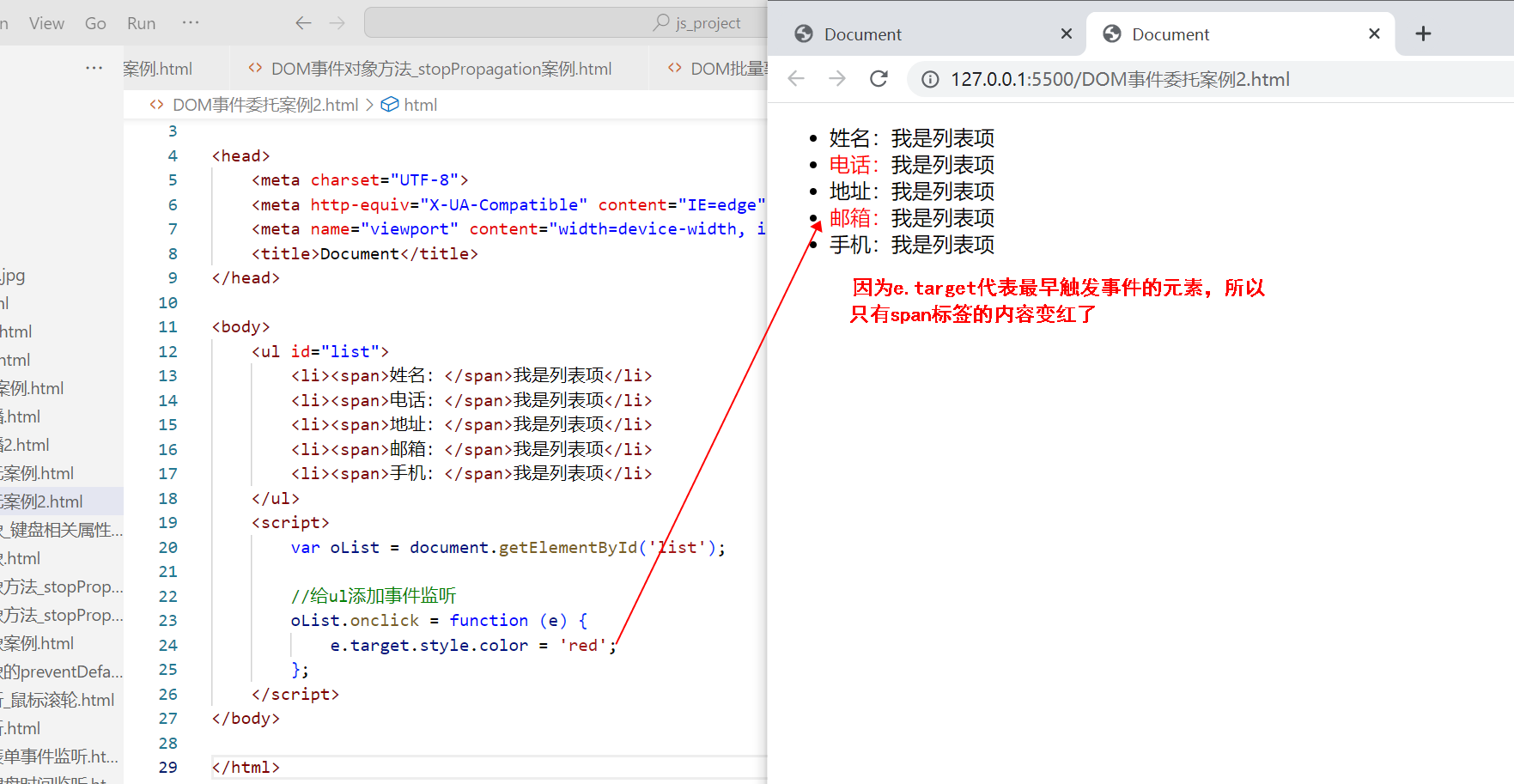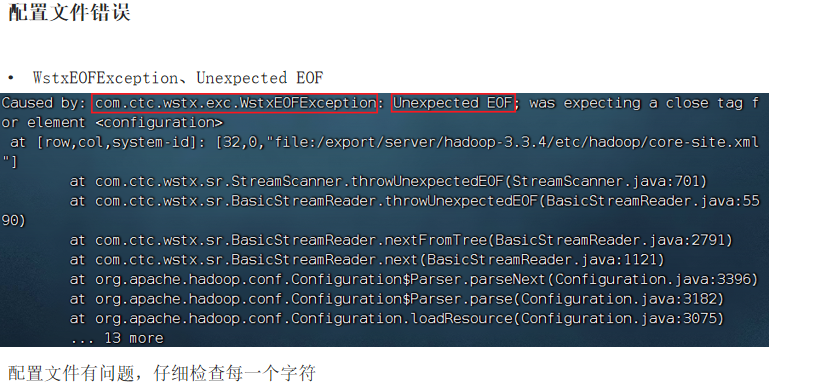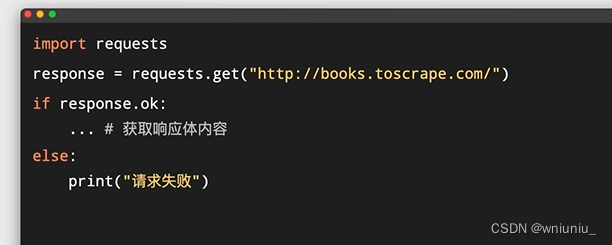Nginx实现多虚拟主机配置
Nginx为什么要进行多虚拟主机配置呢?what?
Nginx实现多虚拟主机配置的主要原因是,一个服务器可能会承载多个网站或应用程序,这些网站或应用程序需要使用不同的域名或IP地址来进行访问。如果只有一个虚拟主机配置,只能处理一个域名或IP地址的请求,无法满足多个网站或应用程序的需求。
通过实现多虚拟主机配置,可以使得Nginx能够处理多个域名或IP地址的请求,每个虚拟主机配置都可以有不同的配置信息,例如根目录、日志文件、SSL证书等,从而能够为不同的网站或应用程序提供定制化的服务。
此外,通过使用Nginx作为反向代理服务器,可以将多个应用程序部署在同一台服务器上,并通过不同的虚拟主机配置进行访问,从而提高服务器的利用率和性能。
那就首先来看一下Nginx的配置文件:
worker_processes 1; #全局指令,在整个nginx中有效
events {
worker_connections 1024; #括号内为局部指令,只对当前括号内的内容有效
}
#user nobody; #nginx启动用户
worker_processes 1; #nginx工作进程数
#error_log logs/error.log info; #nginx错误日志记录位置
#pid logs/nginx.pid; #nginx进程日志记录位置
events { #nginx工作进程配置
use epoll; #使用epoll的I/O 模型
worker_connections 20000; #工作进程的最大连接数量
client_header_buffer_size 4k; #客户端请求头部的缓冲区大小
open_file_cache max=2000 inactive=60s; #为打开文件指定缓存,默认是没有启用的,max指定缓存最大数量,建议和打开文件数一致,inactive是指经过多长时间文件没被请求后删除缓存
open_file_cache_valid 60s; #这个是指多长时间检查一次缓存的有效信息。
open_file_cache_min_uses 1; #open_file_cache指令中的inactive参数时间内文件的最少使用次数,如果超过这个数字,文件描述符一直是在缓存中打开的,如果有一个文件在inactive时间内一次没被使用,它将被移除。
}
http {
include mime.types; #引入其他文件
default_type application/octet-stream; #默认文件类型,默认为text/plain
#指定日志格式
#log_format main '$remote_addr - $remote_user [$time_local] "$request" '
# '$status $body_bytes_sent "$http_referer" '
# '"$http_user_agent" "$http_x_forwarded_for"';
#指定日志位置
#access_log logs/access.log main;
sendfile on; #开启高效文件传输
#tcp_nopush on; #用来提升网络包的传输'效率',sendfile开启才可开启
#keepalive_timeout 0;
keepalive_timeout 65; #连接保持时间
#gzip on; #文件压缩模式
server { #一个服务模块
listen 80; #占用端口号
server_name localhost; #虚拟服务器的识别标志
#charset koi8-r; #设置编码集
#该服务模块的日志位置
#access_log logs/host.access.log main;
#请求路径匹配
location / {
root html;
index index.html index.htm;
}
#error_page 404 /404.html; #错误页面展示
error_page 500 502 503 504 /50x.html;
location = /50x.html {
root html;
}
}
}
多虚拟机配置
基于多端口的虚拟主机配置
- 修改nginx配置文件
[root@localhost /]# vi /tmp/tngx/conf/nginx.conf
#在配置文件添加如下信息
#添加一个server模块,表示nginx启动之后占用两个端口分别为9999和80
server {
listen 9999;
charset utf-8;
location /{
root /baihzi;
}
}
server {
listen 80;
server_name localhost;
location / {
root html;
index index.html index.htm;
}
error_page 500 502 503 504 /50x.html;
location = /50x.html {
root html;
}
}
- 重启nginx
[root@localhost /]# /tmp/tngx/sbin/nginx -s reload
#访问测试
基于多ip的虚拟主机配置
- 为主机添加vip(详细介绍可以看本人另一篇mycat快速搭建)

- 修改配置文件
server {
listen 192.168.157.101:80;
charset utf-8;
location /{
root /baihzi;
}
}
server {
listen 192.168.157.111:80;
server_name localhost;
location / {
root html;
index index.html index.htm;
}
error_page 500 502 503 504 /50x.html;
location = /50x.html {
root html;
}
}
- 重启nginx
[root@localhost /]# /tmp/tngx/sbin/nginx -s reload
- 访问nginx
多虚拟主机的日志配置
- 修改配置文件
server {
listen 192.168.157.101:80;
access_log logs/zhangsan/access.log #仅对当前服务生效的日志配置
charset utf-8;
location /{
root /baihzi;
}
}
server {
listen 192.168.157.111:80;
server_name localhost;
access_log logs/lisi/access.log #仅对当前服务生效的日志配置
location / {
root html;
index index.html index.htm;
}
error_page 500 502 503 504 /50x.html;
location = /50x.html {
root html;
}
}
- 重启nginx
[root@localhost lisi]# /tmp/tngx/sbin/nginx -s reload
再补充一下比较常用的nginx.conf的配置
静态资源压缩
#配置文件中开启如下参数
gzip on;
gzip_http_version 1.1;
gzip_comp_level 4;
gzip_types text/plain application/javascript application/x-javascript text/css application/xml text/javascript application/x-httpd-php image/jpeg image/gif image/png;
目录浏览
location / {
root /shuaihui;
# index index.html #默认访问网页,必须没有此配置,并且指定目录中也不能有index.html
autoindex on; #添加此内容
}
状态页配置
nginx提供的状态查询模块,用于检测nginx当前状态
该功能需要在编译nginx时添加–with-http-stud-status_module才能使用
在配置文件中添加如下配置
server{
listen 85; #监听85端口
location / {
stub_status on; #开启状态页
access_log off; #关闭日志
}
}
location匹配机制
根据用户请求的地址,进行不同的处理
location的不相同写法
location [=|~*|^~] url {
相应的处理
}
匹配符 匹配规则 优先级(数值越小优先级越高)
= 精确匹配 1
^~ 以某开头,不支持正则 2
~* 支持正则 3
空 路径匹配 4
/ 通配 5
#案例
server {
listen 83;
location / {
return 401;
}
location = /zhangsan {
return 402;
}
location /lisi/ {
return 403;
}
location ^~ /wangwu/ {
return 404;
}
location ~* \.(gif|jpg|jpeg)$ {
return 500;
}
}
URL重写
将用户请求的路径再次跳转到指定路径
#语法 rewrite 用户请求路径 跳转路径 匹配规则
server {
listen 90;
server_name _;
location / {
rewrite ^/(.*) http://www.baidu.com/$1 permanent;
}
}
rewrite结尾参数如下:
- last 匹配完成后,继续向下匹配
- break 匹配完成后,不再匹配
- redirct 临时重定向,浏览器展示跳转之后的url,爬虫不会更新
- permanent 永久重定向,浏览器展示跳转之后的url,爬虫会会更新
Nginx访问认证
nginx提供访问认证,用户访问时需做登陆验证
#使用linux生成验证文件
[root@localhost /]# yum install -y httpd-tools #下载http工具包
[root@localhost /]# htpasswd -bc 文件位置 用户名 密码
#修改nginx配置
server {
listen 95;
server_name _;
location / {
root /shuaihui;
auth_basic "test auth";
auth_basic_user_file 上面生成的文件位置;
}
}



















